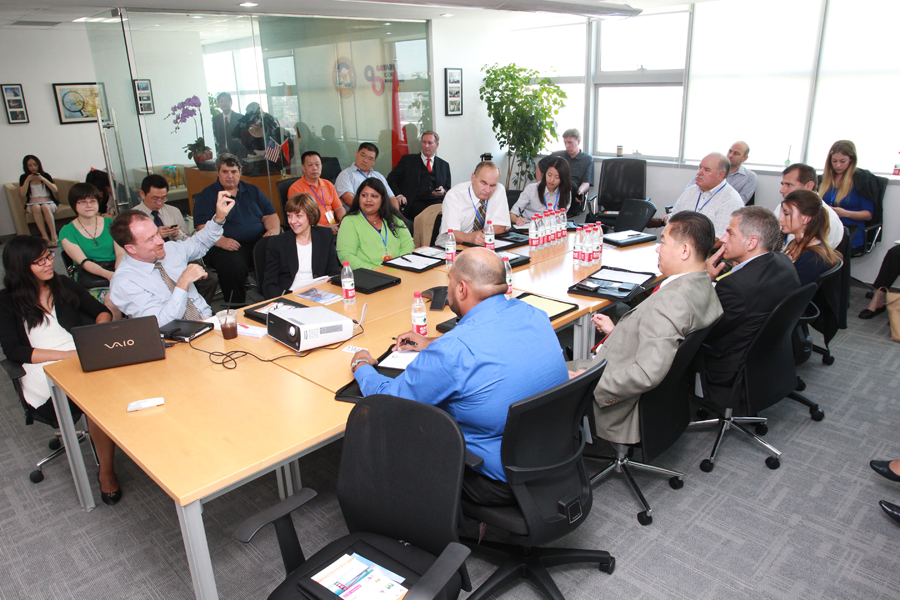SACRAMENTO, September 24, 2013 – An additional portion of Tulare County and a portion of Kern County have been placed under quarantine for the Asian citrus psyllid (ACP) following the detections of psyllids in Dinuba, Tulare County, and Wasco, Kern County.
In Tulare County, the quarantine zone measures 90 square miles, bordered on the north by E South Avenue; on the east by Road 128; on the south by Avenue 368; and on the west by Road 48. This area is in addition to an existing quarantine in the Porterville area.
In Kern County, the quarantine zone measures 88 square miles, bordered on the north by Hanawalt Avenue; on the east by Beech Avenue; on the south by Fresno Avenue and W Lerdo Highway; and on the west by Wildwood Road.
A link to the maps of these new quarantine zones may be found at: www.cdfa.ca.gov/plant/pe/interiorexclusion/acp_quarantine_sjv.html
The quarantine prohibits the movement of host nursery stock out of the quarantine area and requires that all commercial citrus fruit be cleaned of leaves and stems prior to moving out of the area. A permit may be obtained to move nursery stock and budwood out of the area, if grown in USDA-approved structures designed to keep ACP out. Residents with backyard citrus trees in the quarantine area are asked not to remove fruit from the area.
In addition to Kern and Tulare Counties, ACP quarantines are now in place in Ventura, Santa Barbara, San Diego, Imperial, Orange, Los Angeles, San Bernardino and Riverside Counties.
The ACP is of grave concern because it can carry the disease huanglongbing (HLB), also known as citrus greening. All citrus and closely related species are susceptible hosts for both the insect and the disease. There is no cure once a tree becomes infected. The diseased tree will decline in health until it dies. HLB has been detected just once in California – last year on a single residential property in Hacienda Heights, Los Angeles County. HLB is known to be present in Mexico and in parts of the southern U.S. Florida first detected the pest in 1998 and the disease in 2005, and the two have been detected in all 30 citrus-producing counties in that state. The University of Florida estimates the disease has tallied more than 6,600 lost jobs, $1.3 billion in lost revenue to growers and $3.6 billion in lost economic activity. The disease is present in Texas, Louisiana, Georgia and South Carolina. The states of Hawaii, Arizona, Mississippi and Alabama have detected the pest but not the disease.
Residents in the area who think they may have seen the Asian citrus psyllid are urged to call CDFA’s Pest Hotline at 1-800-491-1899. For more information on the Asian citrus psyllid and huanglongbing disease please visit: www.cdfa.ca.gov/go/acp.






